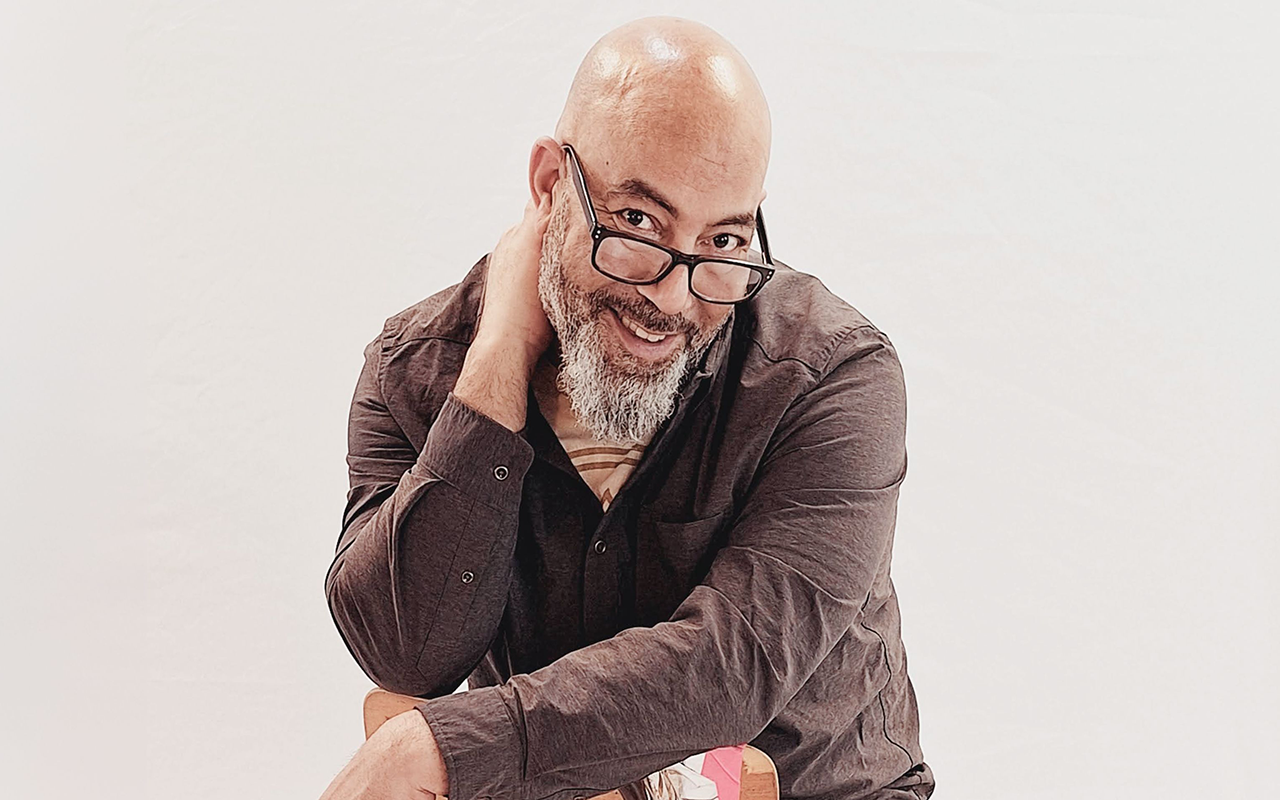Twenty years ago I wrote an article called “The Church Behind Bars,” sharing what it looked like to find faith, hope, and community within the walls of a maximum-security prison. Ten years later, I followed up with another reflection, tracing the roots of transformation and the ways God was continuing to move behind bars and beyond them. And now, twenty years from that first piece, I offer this: not just another update, but a testimony to the enduring power of grace, healing, and community.
When I first wrote in 2005, I was still serving a life sentence. I had already spent years in solitary confinement, years searching for identity and meaning beyond the labels the state had given me. I had begun to study the Word, to pray earnestly, and to lead others toward the same spiritual renewal I was just beginning to taste. The church we built in that prison wasn’t made of stained glass or polished pews. It was made of repentance, reconciliation, and radical vulnerability. It was gritty. Raw. Real.
By the time of my second article in 2015, I was preparing for release. God had opened doors I never thought would budge. I had worked alongside Calvin Theological Seminary to help create a groundbreaking in-prison degree program—though I wasn’t able to enroll myself, I helped pave the way for others to pursue theological education behind bars. I had co-founded the Life Change Group—a powerful, in-prison initiative that invited community leaders, CEOs, mayors, and even NFL players into the prison to speak with men who were starving not for freedom, but for meaning. We read over 100 books in that group, discussed the hard truths of life, and confronted ourselves. It wasn’t just church. It was discipleship. And it was radical transformation.
In 2016, I walked out of prison after serving 22 years. But the real journey—the one I want to share with you today—was what happened next.
My release was not the end of my story; it was the beginning of another chapter. I was stepping into a world that didn’t know what to do with formerly incarcerated people who had dreams, who were healed, and who were called.
In those early months I faced rejection, mistrust, and the weight of stigma. But I also found something else: purpose. I became the director of outreach for Safe and Just Michigan, then the development director for Nation Outside. I helped lead a statewide campaign that reformed expungement laws in Michigan, affecting over 3 million people by giving them a path to clear their records and reclaim their futures.
In Genesee County, I was deputized by Sheriff Chris Swanson as part of the IGNITE program, a groundbreaking effort to reimagine education and rehabilitation in jails. In 2025, I was officially reappointed to a second term as a deputy sheriff in that same program. From prisoner to deputy. Only God.
But the greatest accomplishment hasn’t been political or professional. It has been deeply personal: learning how to heal. Learning how to feel. Learning how to grieve what I lost—and how to forgive.
One of the hardest truths I had to accept after prison was this: I had been free for years, but I was still reacting to life like a man in survival mode.
Everything felt like a threat. I struggled with trust. I misread people. I would shut down or lash out when I felt unsafe. It took me a long time to name what it was: trauma.
That realization birthed something new: a program called PTSD+ME.
PTSD+ME is a 12-week trauma recovery curriculum built specifically for people who have experienced incarceration. It doesn't just define trauma. It walks people through it—from origin to ownership. It teaches emotional regulation. It helps people trace their triggers, rebuild their relationships, and reclaim their narratives.
Through CODA, the nonprofit I cofounded, PTSD+ME has now been piloted in multiple Michigan counties. The early data tells a powerful story:
● Over 88% of participants report experiencing trauma before incarceration. ● Seventy percent experienced trauma before age 12.
● Nearly 80% report not having a safe person to talk to after release.
We are in the process of creating the first national trauma and incarceration impact report based on this data. And we’re using it to educate state leaders, corrections administrators, and faith communities on what healing really looks like.
The church behind bars saved my life. But what I’ve come to see is that the church beyond the bars needs saving too.
Too often our churches on the outside talk about grace but are uncomfortable when grace shows up wearing a record. We say we believe in second chances, but we hesitate to give someone with a felony the mic, the keys, or the trust.
Yet in Scripture we see God use the broken, the imprisoned, the dismissed. From Joseph to Paul, from Moses to the man on the cross next to Jesus—our faith is rooted in redemption stories.
So I say this gently, but boldly: if your church doesn’t know how to embrace the formerly incarcerated, it doesn’t yet know how to fully embrace Christ.
I still believe in the church. I believe in its power to restore, to reconcile, and to rise up as a voice for justice and healing.
And I also believe we need to go deeper than we are—much deeper. Not just in welcoming people home, but in walking with them through the trauma, the confusion, and the hard questions that come after the cell doors open.
Prison doesn’t prepare a person to live a new life. That's the hard part. A person coming home has to learn to quiet the storm within them—the storm that keeps them hypervigilant, anxious, and overwhelmed after entering back into a world that doesn’t look the same as when they left it.
We need churches that host trauma healing circles. We need churches that create mentorship pathways. We need churches that listen first and preach later. We need churches to come alongside people and help them learn what healing looks like.
We need churches that understand discipleship isn’t just about doctrine—it’s about restoration. It’s been 20 years since I first wrote those words: The Church Behind Bars.
Since then I’ve been transformed. I’ve buried loved ones. I’ve started over more than once. I’ve been disappointed. I’ve been amazed. I’ve sat with men who still have life sentences, and I’ve stood on stages in rooms I never thought I’d be allowed to enter.
But through it all I’ve held onto the same truth: God doesn’t waste a story.
Not mine. Not yours. Not the man still in prison. Not the woman trying to raise her kids after serving time. Not the pastor who doesn’t yet understand reentry. Not the policymaker who needs to be educated.
None of it is wasted.
So I write again today to say this: the church behind bars is alive. And the church outside the bars? She’s being called to rise.
Let us rise together.
About the Author
Troy Rienstra is a justice reform advocate, entrepreneur, co-founder of CODA, developer of the PTSD+ME program, and second-term I.G.N.I.T.E. ambassador. He is a member of Church of the Servant in Grand Rapids, Mich. Website: xbusinessfirm.com. CODA: codamich.com









